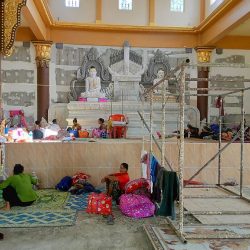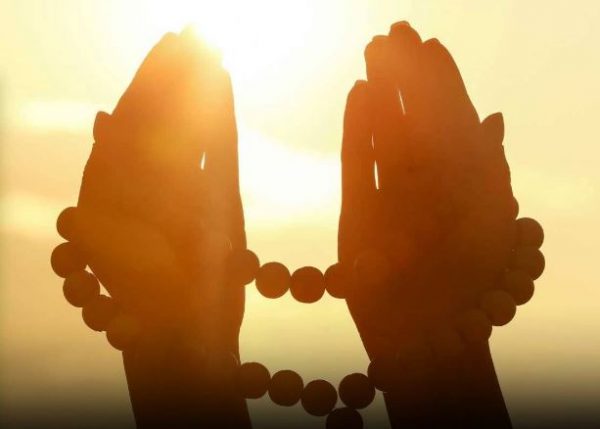Sustainable Celebrations: Eco-Friendly Ideas for Loy Krathong
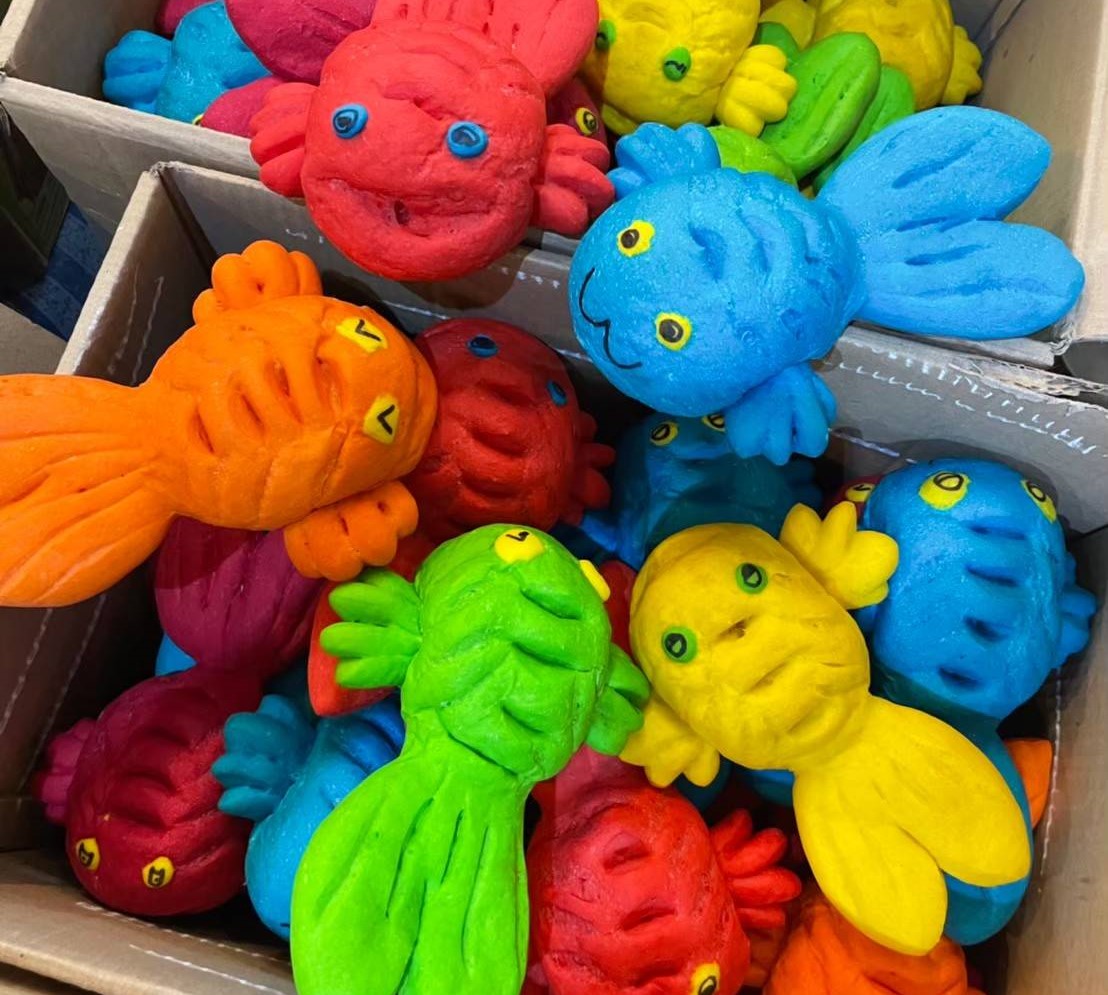
A marine and environmental expert has emphasised three crucial factors for floating krathongs the Loy Krathong festival on November 27, namely the materials used, the quantity and the area in which the krathong will be launched.
Professor Dr. Thon Thamrongnawasawat said foam-based krathongs are strongly discouraged, due to polystyrene’s adverse environmental impacts.
“It is imperative to distinguish whether the krathong is made from purely natural materials or includes artificial elements, like pins and plastics, which can pose risks to both people and animals in the rivers or seas,” he said in an interview.
For open water areas, like rivers and canals, environmentally-friendly krathong, including those made from ice cream cones or fish food, are considered suitable, said Thon.
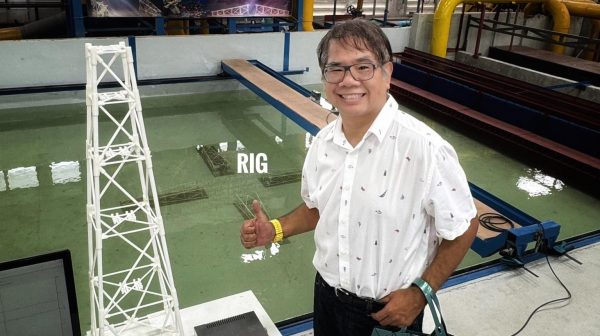
The balance between the number of fish and that of krathong is key when floating them in closed water areas. Thon suggests krathong made from slices of banana stalk with tapers as a recommended option, with krathong made from ice and flowers being the pinnacle of eco-friendliness.
There are numerous eco-friendly alternatives that allow you to revel in the festivities without harming the environment.
Villagers in Lan Dokmai Tok village, in Kamphaeng Phet’s Kosamphi Nakhon district, have turned crafting environmentally-friendly krathong into a sustainable livelihood.
These krathongs, an OTOP of the village, are made from corn husks sourced locally. The base, crafted from coconut shells, is complemented by the artistic touch of the village elders, who contribute to the creation of krathong petals.
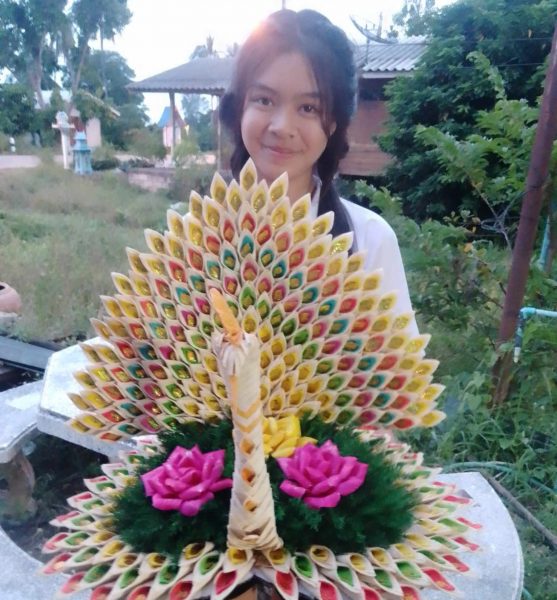
The assortment of krathong shapes, such as barges, peacocks, swans and stars, adds a dimension to the festival. Prices range from 25 to 2,500 baht, making them accessible to most.
Sudaporn Kesorn, a Krathong maker and seller, manages orders through her Facebook page, attracting customers from various parts of Thailand. Annually, she manages to sell around 6,000 krathongs.
In Nakhon Sawan, Ma’am’s Bun (Salapao) shop introduces a twist, with Salapao Krathong. She asserts that these Krathongs serve a dual purpose. They are not only delightful to look at but also serve as nourishment for fish. The materials used in their creations mirror those of traditional Salapao.
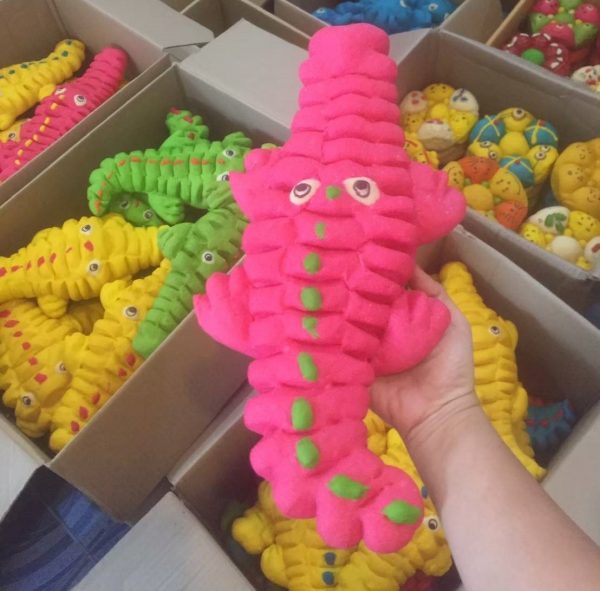
Moving to Uthai Thani, the business of selling environmentally-friendly krathong has grown into a sizable enterprise that extends beyond Thailand’s borders, reaching countries such as America, Malaysia, Sweden and Singapore.
Nichanan Suphan, the business’s owner, envisions creating innovative krathong styles that capture the imagination of festival-goers.
She produces krathongs using various materials, such as corn husks, ice cream cones and fish food, but the best-sellers are those made from palm leaves.
Among the signature offerings are miniature swan-shaped krathong, inspired by the Suphannahong Barge, made from corn husks and adorned with a candle.
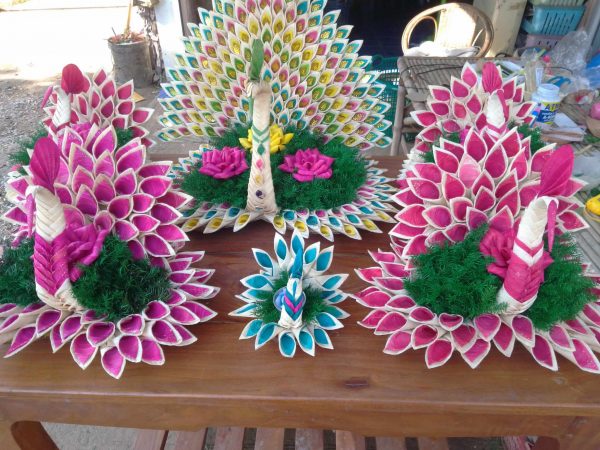
Thitiya Saksaming, 35, a translator, said she plans to buy fish food to make Krathong with her children, so that they can take part in creating them themselves, and they are environmentally friendly.
Only fish food and water are needed to make krathong. Fish can eat them and there will be no waste, she said.
Thitipong Phiphatthadron, a 26-year-old police officer said, “I am planning to float a krathong on the canal near my house. The krathong I’ve chosen is made from banana stalk, to reduce waste and contribute to the local economy.”
“I am not going to float krathong because I don’t want to buy it. I believe that krathongs pollute the river. I just enjoy the crowd vibe of the event,” said Pimsawat Kosolsombat, 37, a kindergarten teacher.
“I haven’t floated a krathong for many years. Instead, I prefer to simply watch the full moon. I believe that we can express our reverence to the goddess of water by putting our palms together (Wai) rather than releasing krathong. “
Nithi Charoensuk, 31, a freelancer said, “Asking for her forgiveness becomes a communication between our souls and the water, with krathong serving as a medium. Regardless of the materials used, krathongs have a cyclical impact on nature. Taking action involves respecting and conserving water which flows through our daily lives.”
By Neeranuch Kunakorn


